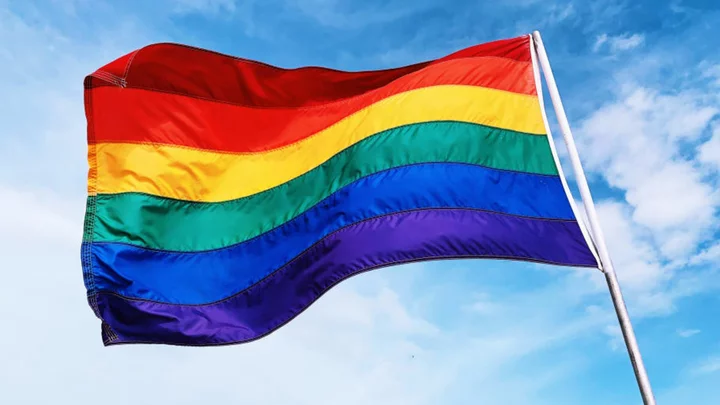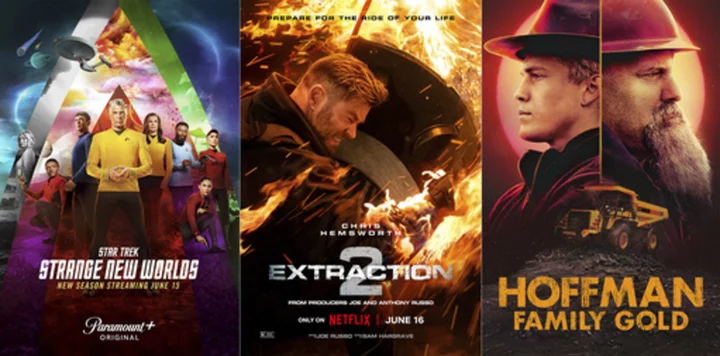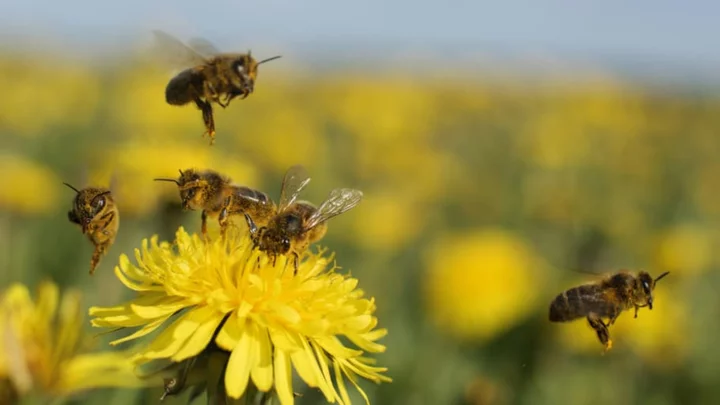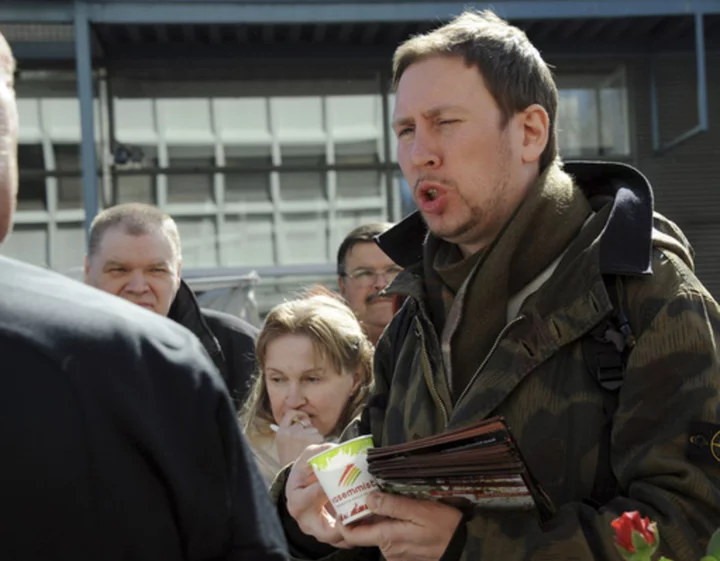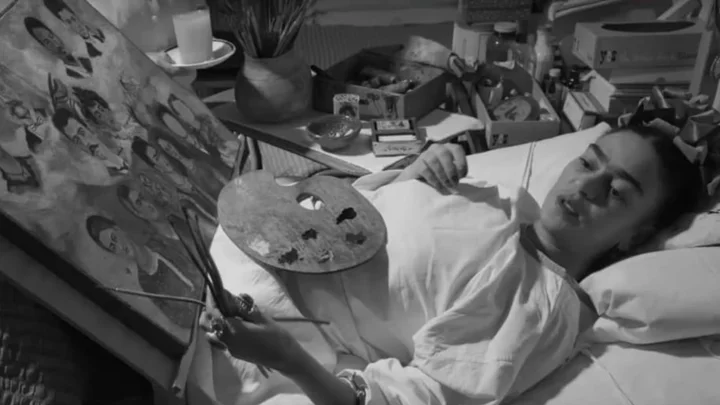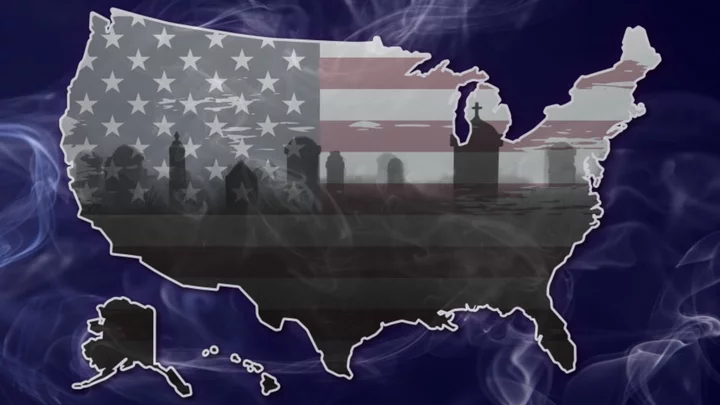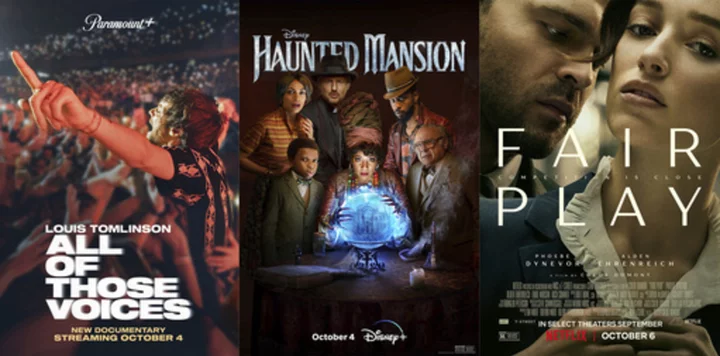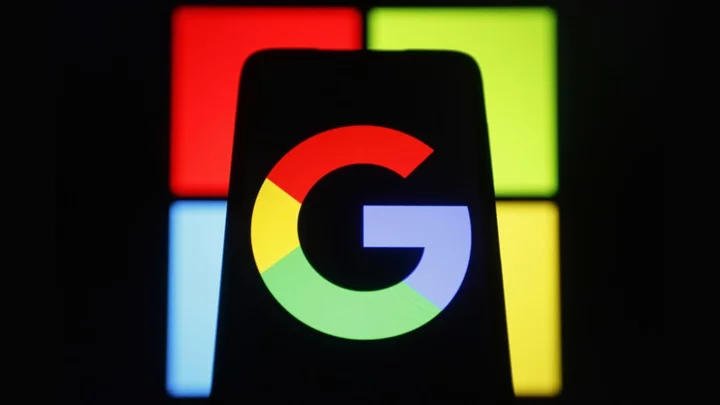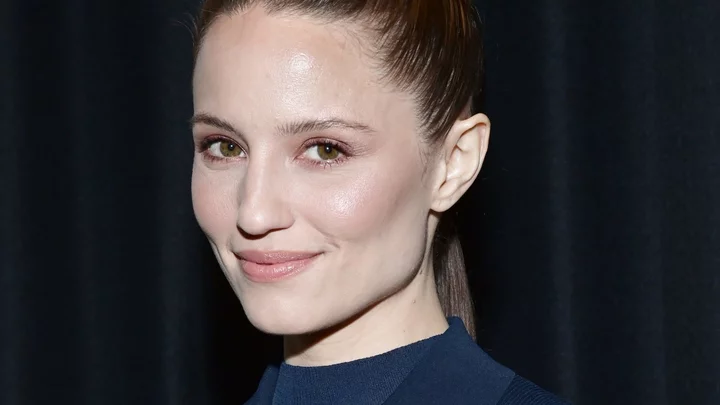Flags with a spectrum of colors have been used for centuries to represent change. There’s evidence to suggest that rainbow-colored flags date back at least to the German Peasants’ War in the 1500s. The International Co-operative Movement designed a colorful banner to show international unity in 1921. Italy and Greece both use rainbow-striped flags to symbolize peace. And during the hippie movement of the 1960s, peaceful protesters brought the rainbow-equals-peace concept back to the forefront.
But how the rainbow became specifically associated with LGBTQ+ rights goes back to San Francisco in the late 1970s, and to one artist in particular.
A Natural Flag
The flag was created by Gilbert Baker in 1978. Born in Kansas in 1951, Baker came out as gay to his parents one Christmas Day after he fell in love. “When I was young, they thought I was from outer space,” Baker told CNN in 2015. “I was the only gay person they probably knew, and they struggled with that … I came out because I fell in love. It wasn’t a terrible, horrible, damn thing. I was in love with somebody, and I wanted to scream it from the rooftops.”
Baker worked as an Army medic in San Francisco in the early 1970s, and when his time in the Army was over, he decided to stay in the city. He occasionally performed as a drag queen and took part in the queer liberation movement. He became friends with Harvey Milk, the first openly gay person elected to office in California, who urged his friend to create a symbol for gay rights.
In 1976, Baker noticed a proliferation of American flags around San Francisco—a celebration of the country’s bicentennial. “I thought, a flag is different than any other form of art. It’s not a painting, it’s not just cloth, it is not a just logo—it functions in so many different ways,” Baker told the Museum of Modern Art (MoMA). “I thought that we needed that kind of symbol, that we needed as a people something that everyone instantly understands. … It was necessary to have the rainbow flag because up until that we had the pink triangle from the Nazis—it was the symbol that they would use [to denote gay people].”
His reason for choosing a rainbow was simple: “We needed something beautiful, something from us. The rainbow is so perfect because it really fits our diversity in terms of race, gender, ages, all of those things. Plus, it’s a natural flag—it’s from the sky!”
Colors on the Wind
Baker chose where the flag was created and where it flew for the first time very carefully. “I decided the flag needed a birthplace, so I didn’t make it at home,” he told MoMA. "I wanted to make it at [the Gay Community Center at 330 Grove Street], with my friends—it needed to have a real connection to nature and community.”
Using huge garbage cans filled with natural dye, Baker and his volunteers dyed massive amounts of cotton in eight colors, each with symbolic meaning: hot pink for sexuality; red for life and vitality; orange for healing; yellow for sunlight; green for nature; turquoise for magic and art; indigo for serenity and harmony; and violet for spirit.
When it came time to sew, “it took four hands to move the fabric through the machine,” Baker recalled. Ironing the two flags—which each measured 30 feet by 60 feet—required 10 people.
The first flags went up at the United Nations Plaza during the San Francisco Gay Freedom Day Parade on June 25, 1978. “When the flag actually went up, it was a very important thing that we raised them—there were two of them—in the United Nations Plaza [in downtown San Francisco],” Baker told MoMA. “Even in those days, my vision and the vision of so many of us was that this was a global struggle and a global human rights issue.”
“When it went up and the wind finally took it out of my hands, it blew my mind,” Baker told CNN.
Displaying Pride
Baker’s design became popular pretty quickly, but demand for the flag skyrocketed after Harvey Milk was assassinated five months later, on November 27, 1978. As more and more people wanted to show their support for Milk and the LGBTQ+ community, it became harder to keep the supply of custom-created, eight-striped rainbow banners up; Baker switched to premade rainbow-colored fabric even though it lacked the hot pink stripe. The dye also had a tendency to run when applied to cotton, so they switched to nylon.
“The nylon caught on for two reasons: first of all, it’s very durable, and second, it lights beautifully,” Baker told MoMA. “Dupont puts out a great product just for flags, it’s called Oxford Weave, and it lights rather like stained glass and in some of the photographs you’ll see the sunlight coming through and it makes a rainbow on the pavement. That’s something that I think really captured the public’s imagination.”
The flag was further modified the following year, when the turquoise stripe was dropped. While accounts differ as to the precise reason, they all come back to a desire to be able to split it in half more easily for display purposes.
Since that time, the rainbow has become the popular symbol of the LGBTQ+ community. Baker, for his part, stayed busy after sewing that first flag in 1978: In 2003, he helped create the world’s biggest rainbow flag ever—it stretched a mile and a quarter across Key West, from the Gulf of Mexico to the Atlantic Ocean. Afterward, sections of the flag were then sent to more than 100 cities around the world.
Baker passed away at the age of 65 in 2017. His first rainbow flag is currently in MoMA’s collection.
A version of this story ran in 2017; it has been updated for 2023.
This article was originally published on www.mentalfloss.com as How the Rainbow Flag Became Associated With LGBTQ+ Rights.

